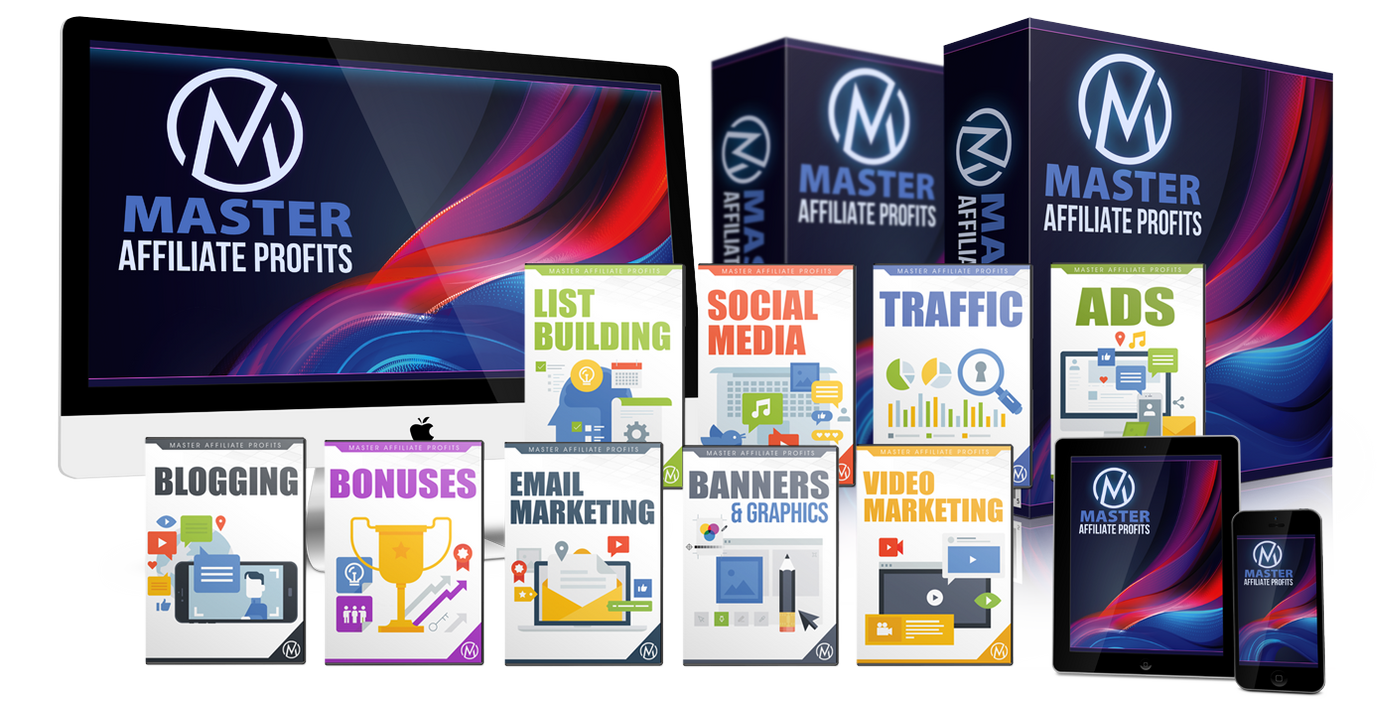Mastering A/B Testing For Email Campaigns – 10 Essential Tips
By Duncan Whitmore
With internet marketing, strategies are always evolving. As marketers, we are constantly on the lookout for ways to fine-tune our campaigns and maximize results.
One of the greatest (and most underused) tools at our disposal is A/B testing, especially when it comes to email campaigns.
The power of A/B testing lies in its simplicity and efficacy, allowing marketers to make data-driven decisions rather than rely on gut feelings or assumptions.
According to research, businesses that A/B test their emails can increase return on investment by as much as 37% compared to those that never A/B test.[1]
Let's look into the top ten tips for using A/B testing for email campaigns.
1. Begin with a Hypothesis
Just as a scientist would approach an experiment with a hypothesis, so should you with A/B testing for your email campaigns.
A hypothesis guides the test and helps you measure the efficacy of different variables.
For instance, you might start with the hypothesis that a personalized subject line will improve open rates compared to a generic one.
By setting a hypothesis, you're creating a clear goal and providing a baseline to evaluate your results against.
2. Test One Variable at a Time
The excitement of A/B testing can sometimes lead us to test multiple variables at once. However, to truly understand what's driving the change in performance, it's crucial to alter only one element at a time.
Whether it's the subject line, the call-to-action (CTA), the email’s layout, or the sending time—pick one and isolate it.
This single-variable testing ensures clarity about which specific change yields the difference in results.
3. Segment Your Audience
Audience segmentation is key to successful email marketing, and it plays a crucial role in A/B testing as well.
By dividing your subscribers into smaller, more defined groups (such as based on location, purchase history, or engagement level), you can execute more targeted and relevant tests.
This way, you ensure the variable you're testing resonates with the segment you're experimenting with, leading to more actionable insights.
4. Use the Right Sample Size
A common pitfall in A/B testing is using too small a sample size, which can result in inconclusive or misleading results.
To determine the right sample size, it's important to consider the size of your entire email list, the average open and click-through rates, and how much of a difference you expect to see.
Tools like online sample size calculators can help in assessing what sample size you need to achieve statistically significant results.
5. Focus on Timing
Timing can make or break an email campaign. By testing different send times, you can identify when your audience is most active and likely to engage.
You might, for instance, discover that your emails perform better when sent at 7 a.m. versus 12 p.m., or perhaps mid-week instead of the weekend.
Once you've identified optimum timing, you can systematically implement these insights across future campaigns, enhancing overall engagement.
6. Prioritize Your Metrics
A/B testing can offer a variety of metrics to explore, such as open rates, click-through rates, and conversions.
Depending on the specific campaign goals, it's essential to decide which metrics you prioritize. For awareness-oriented campaigns, you might focus on open rates, while for conversion-driven emails, click-through rates and sale conversions may take precedence.
Align these metrics with your overarching business goals to derive the most value.
7. Start Simple with Subject Lines
Subject lines are often the easiest and most effective element to test initially. Given they’re often the make-or-break factor determining whether your email gets opened, testing variations can lead to significant improvements in open rates.
Experiment with length, tone, personalization, and urgency. A simple change, such as adding the recipient's name or experimenting with emojis, can sometimes make a huge difference.
8. Optimize the Call-to-Action (CTA)
The call-to-action (CTA) is arguably one of the most critical components of an email, as it's directly responsible for driving the desired user action.
Testing CTAs could involve trying different text variations, colors, sizes, or placements within the email.
Discover what entices your readers to click through—whether it's a straightforward "Buy Now" button or a more subtle "Learn More" link.
9. Evaluate the Overall Design
While content is vital, the visual appeal of your email can significantly impact engagement.
Test varying design elements such as fonts, images, button styles, and email layout. Understanding which design resonates most with your audience can aid in ensuring your email remains visually appealing while encouraging interaction.
Remember, a well-designed email not only attracts attention but also enhances readability.
10. Iterate and Improve
Lastly, the true magic of A/B testing lies in the process of continuous improvement.
Each test result should serve as a stepping stone toward a deeper understanding of your audience and their preferences. With each insight, you can refine your strategies, tweak your campaign elements, and make better-informed decisions.
Embrace the iterative nature of A/B testing, and allow your learnings to guide future experiments.
Conclusion
A/B testing is a potent tool in the arsenal of internet marketers, especially when optimizing email campaigns. By systematically testing different elements, marketers can make informed decisions that drive success.
Approach your campaigns with curiosity and a hypothesis-driven mindset, and you’ll find that A/B testing not only enhances individual campaigns but also contributes to a broader understanding of your audience.
Keep experimenting, keep learning, and let data be your guide.
* * * * *




